Injection Molding Technique – Dr. Hiromi Saisho
Dr. Hiromi Saisho
A patient requested treatment for discolored teeth and aesthetic concerns. With minimal wear, composite restorations using the injection molding technique and clear matrices were chosen. Digital wax-ups ensured precision, creating a natural, appropriate smile while reducing procedural sensitivity and chair time.
The injection molding technique using two matrices provides numerous advantages, including precise material placement and enhanced adaptability. Utilizing digital workflows allows for reversibility and adjustment throughout the process, ensuring optimal control. Moreover, it significantly reduces procedural sensitivity and chair time, producing accurate, reliable outcomes, especially when fully integrated with digital technology.
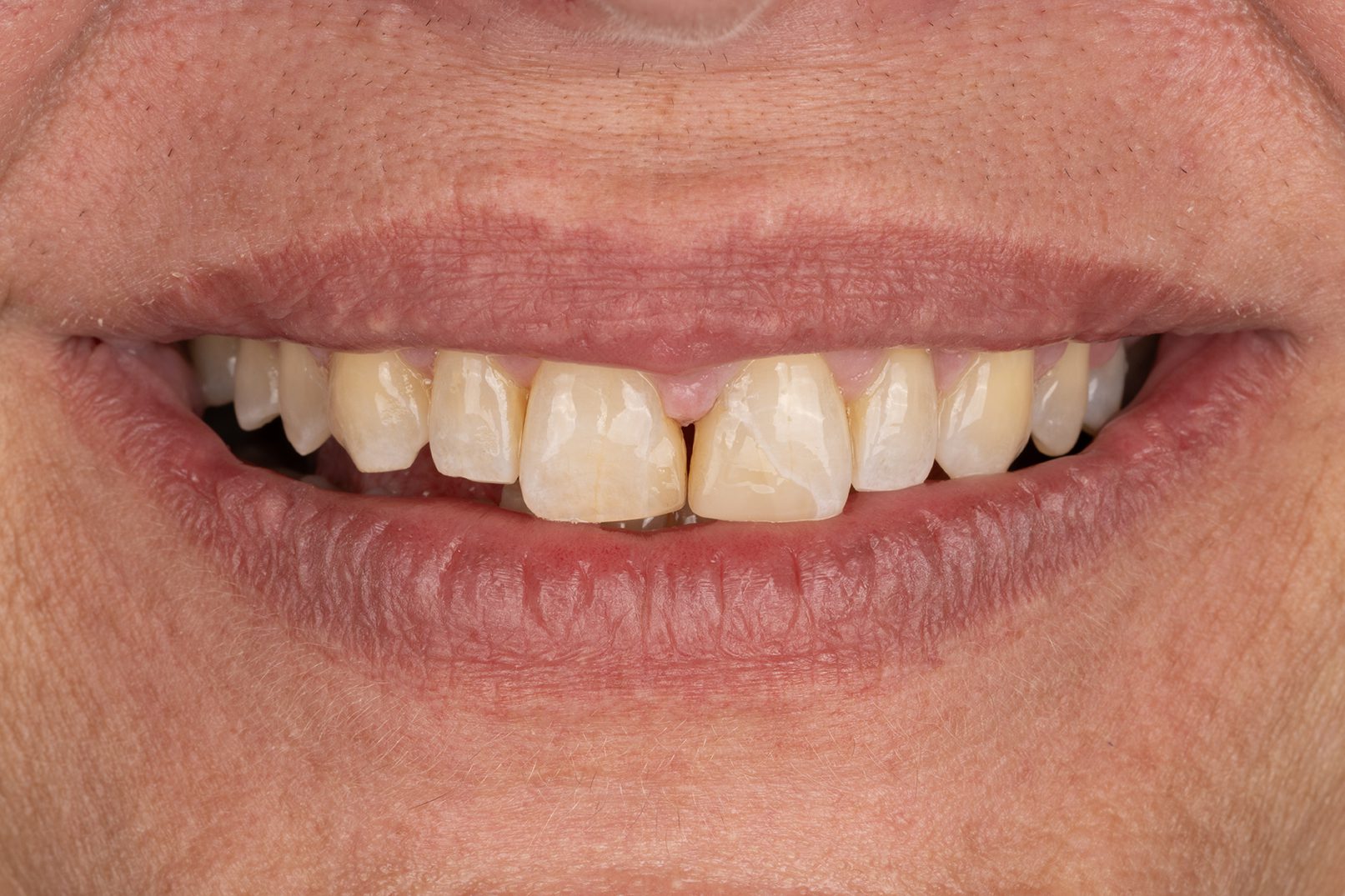
Preoperative smile view.
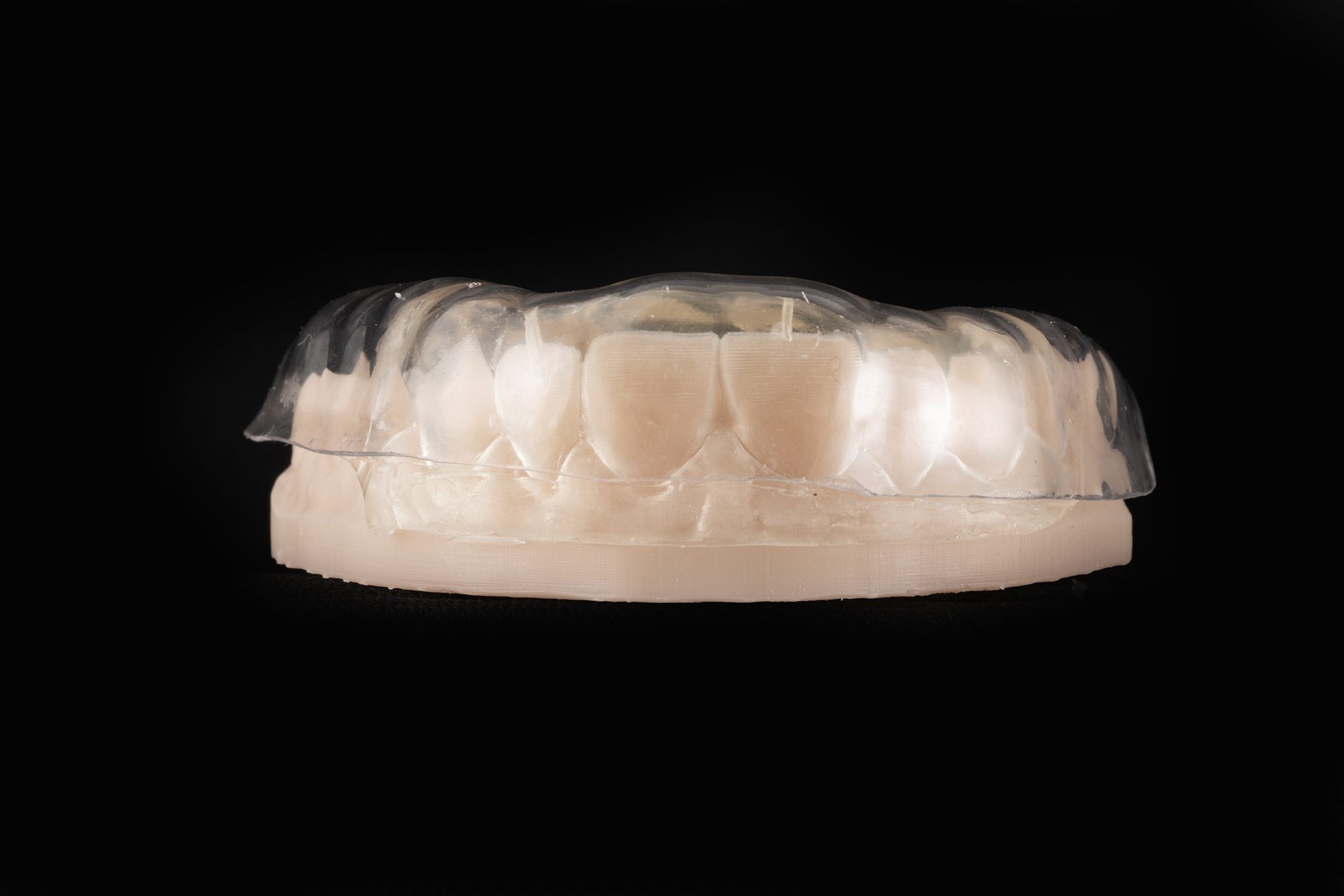
Clear PVS index made with EXACLEAR™.
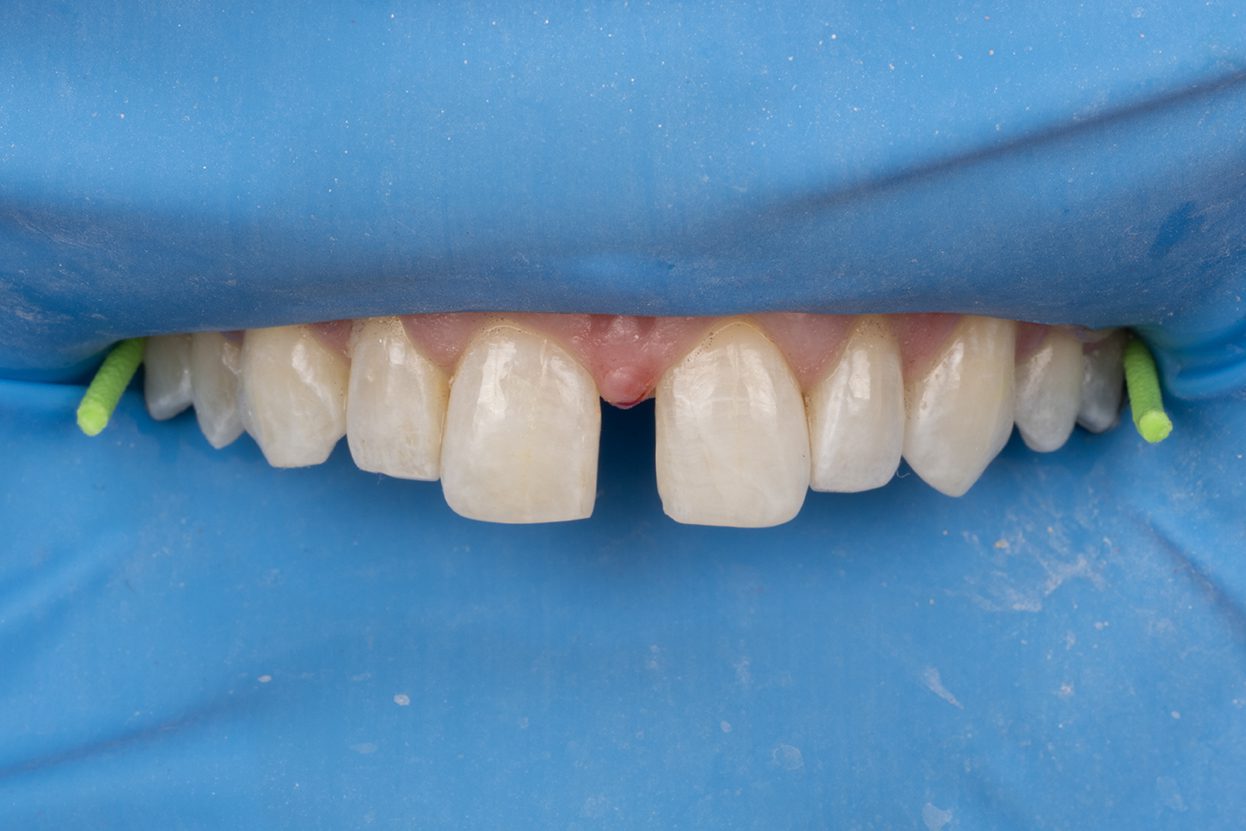
Old restorations were removed, and the surface was air-abraded with 50-micron aluminum oxide.
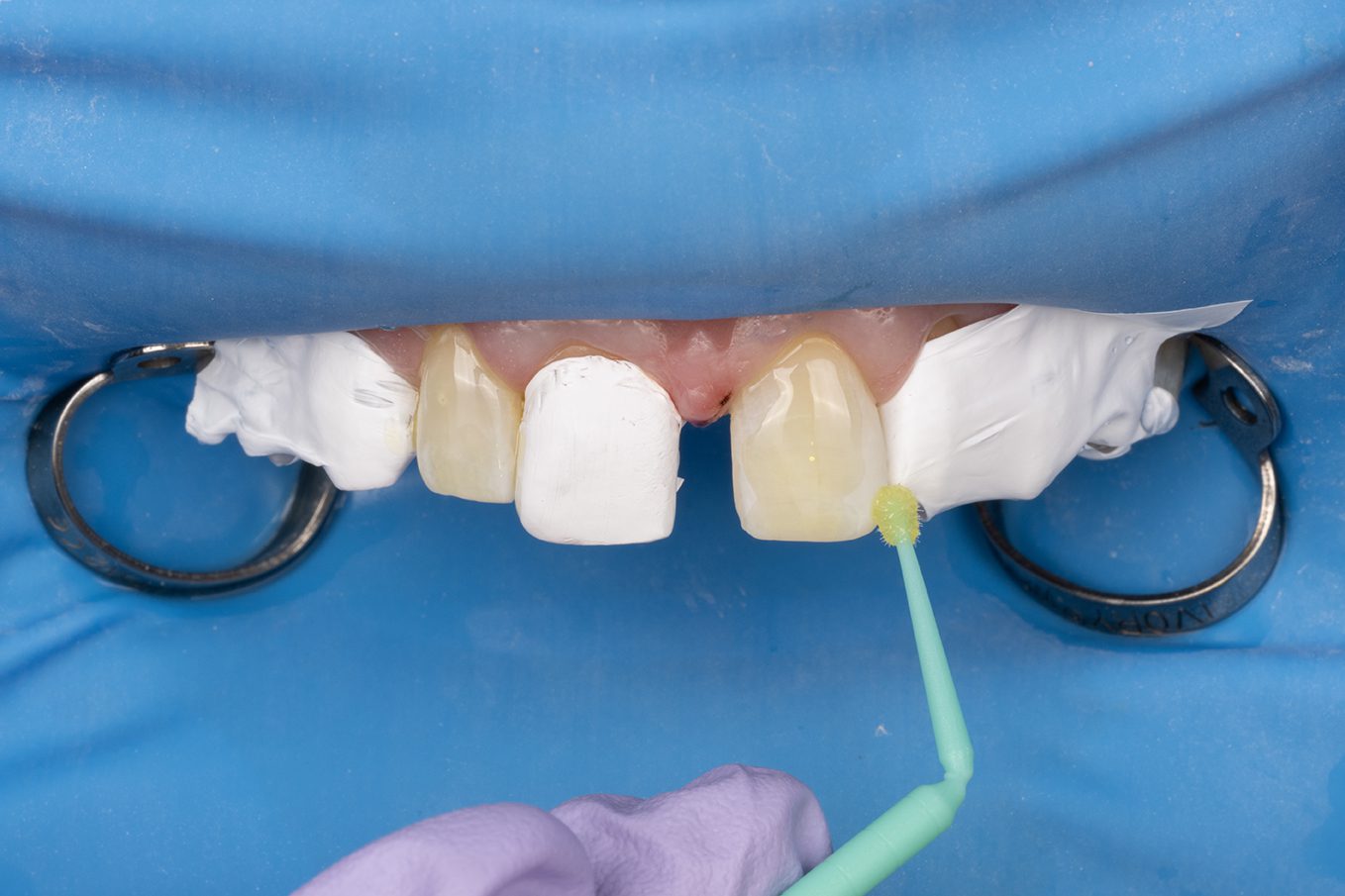
After conditioning the teeth, the adhesive was applied according to the manufacturer’s instructions.
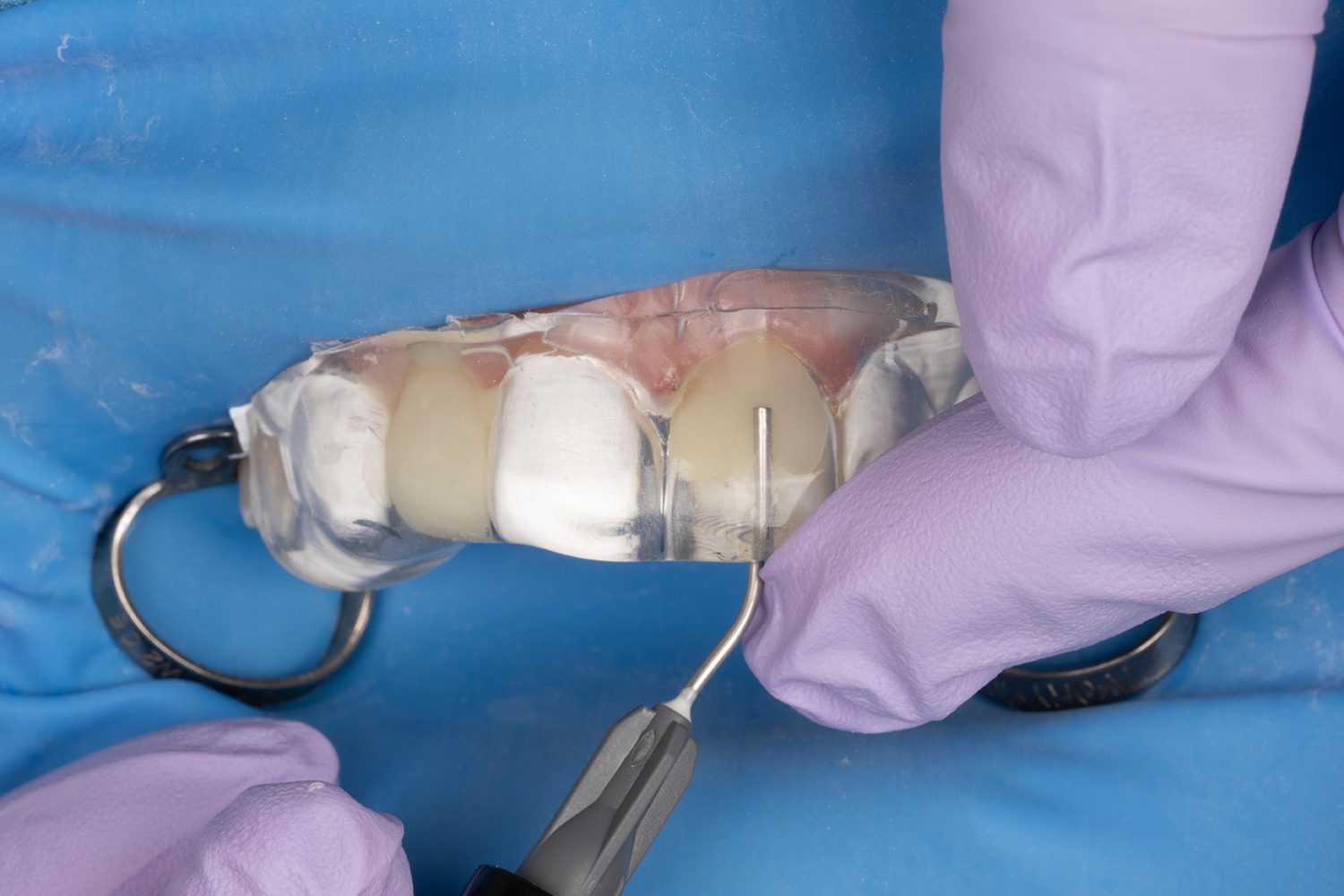
Injection of flowable composite G-ænial™ Universal Injectable.
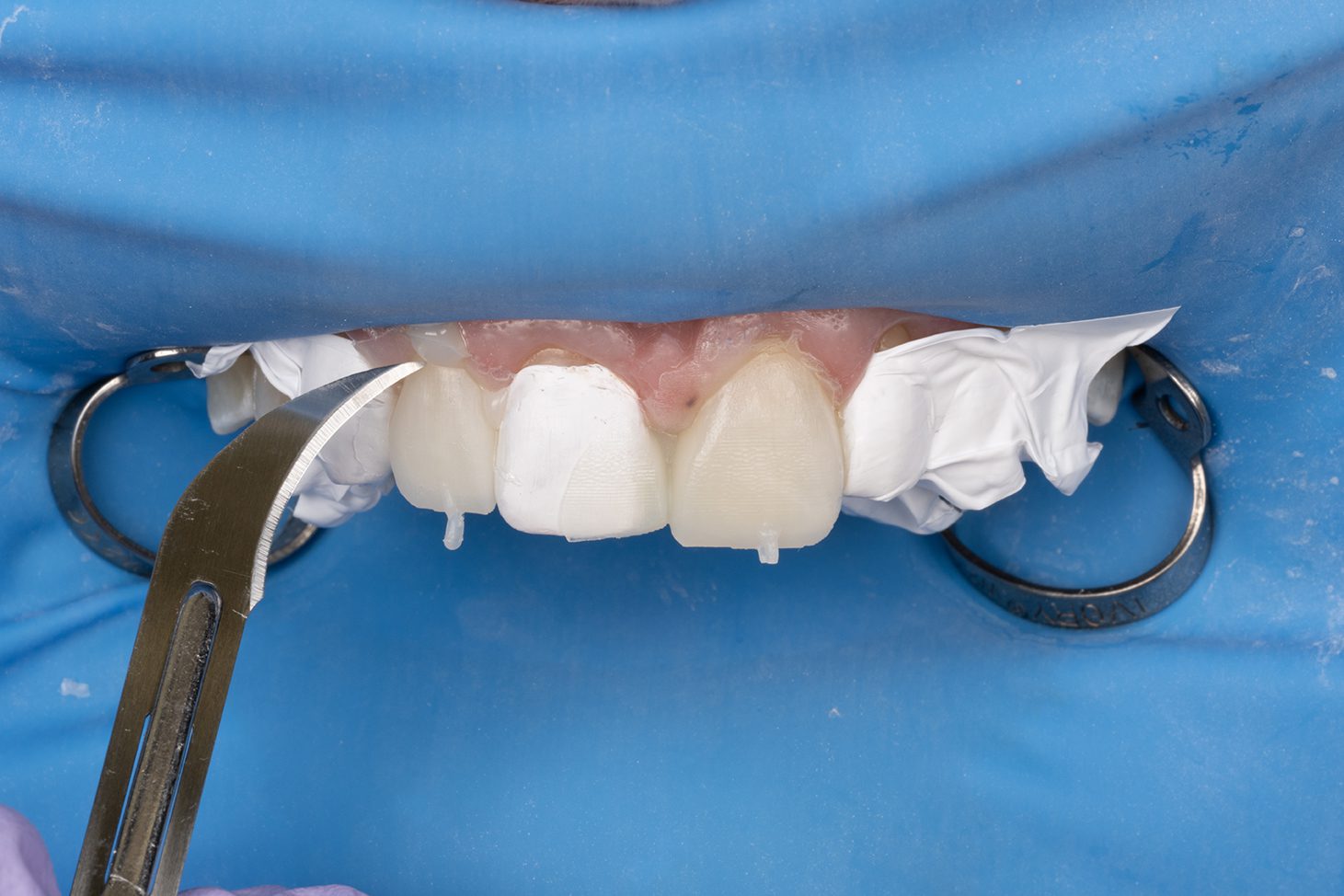
Excess composite was removed from embrasures and contours of the first set of restorations.
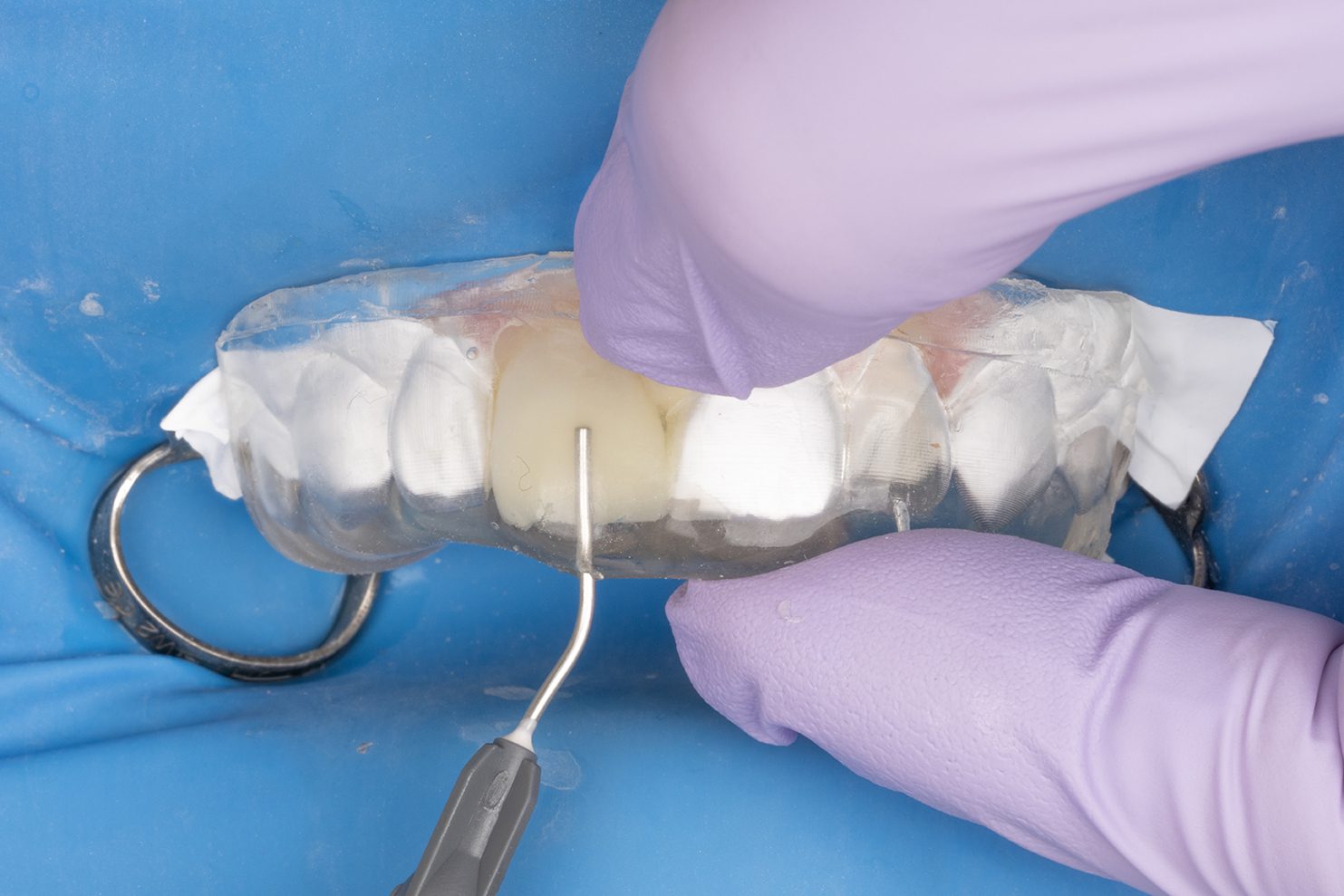
The same sequence was repeated for the second set of restorations.
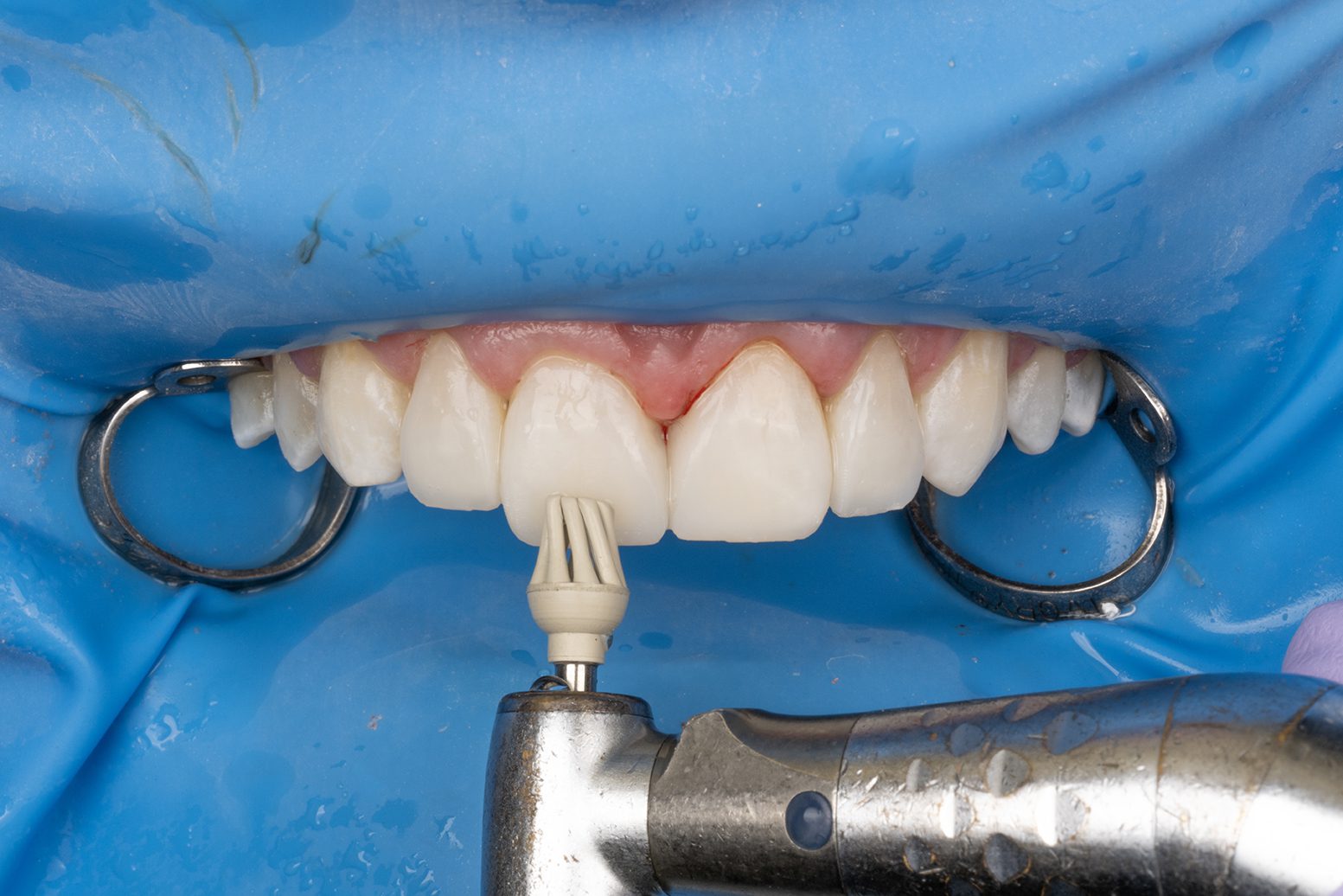
The final restorations were contoured and polished.

Post-operative result.
